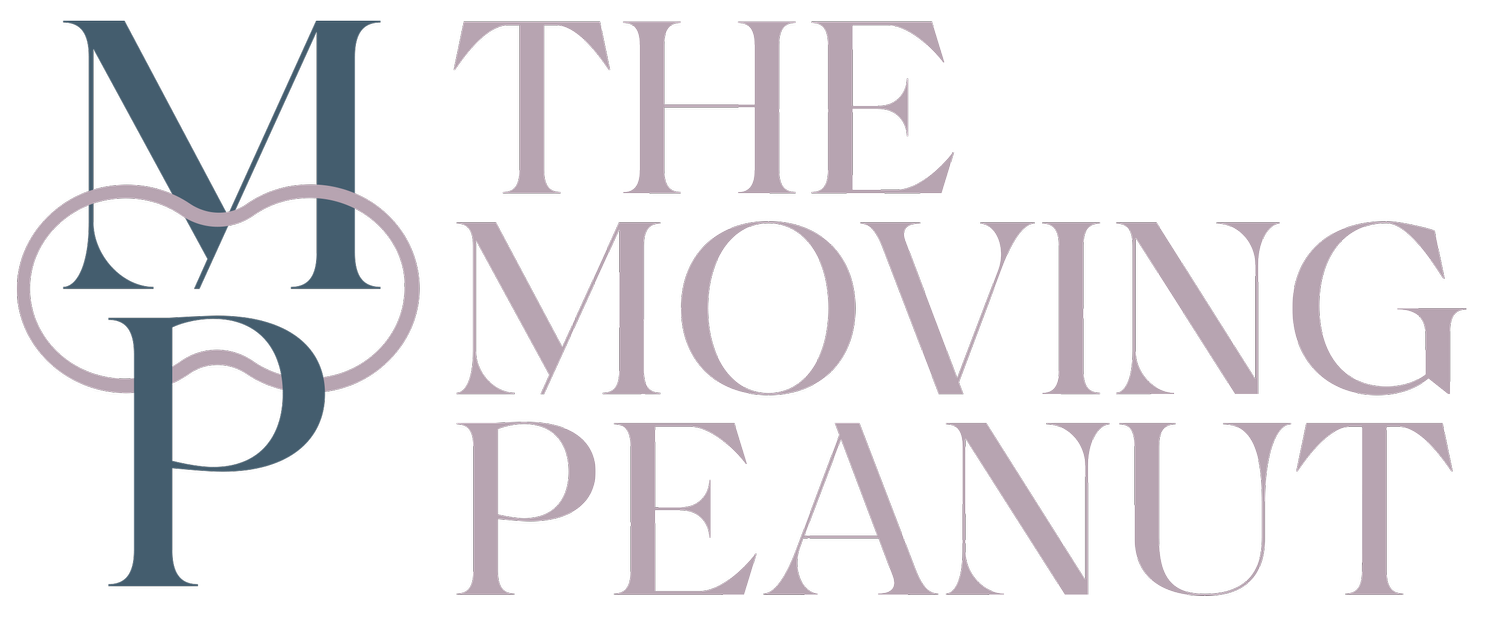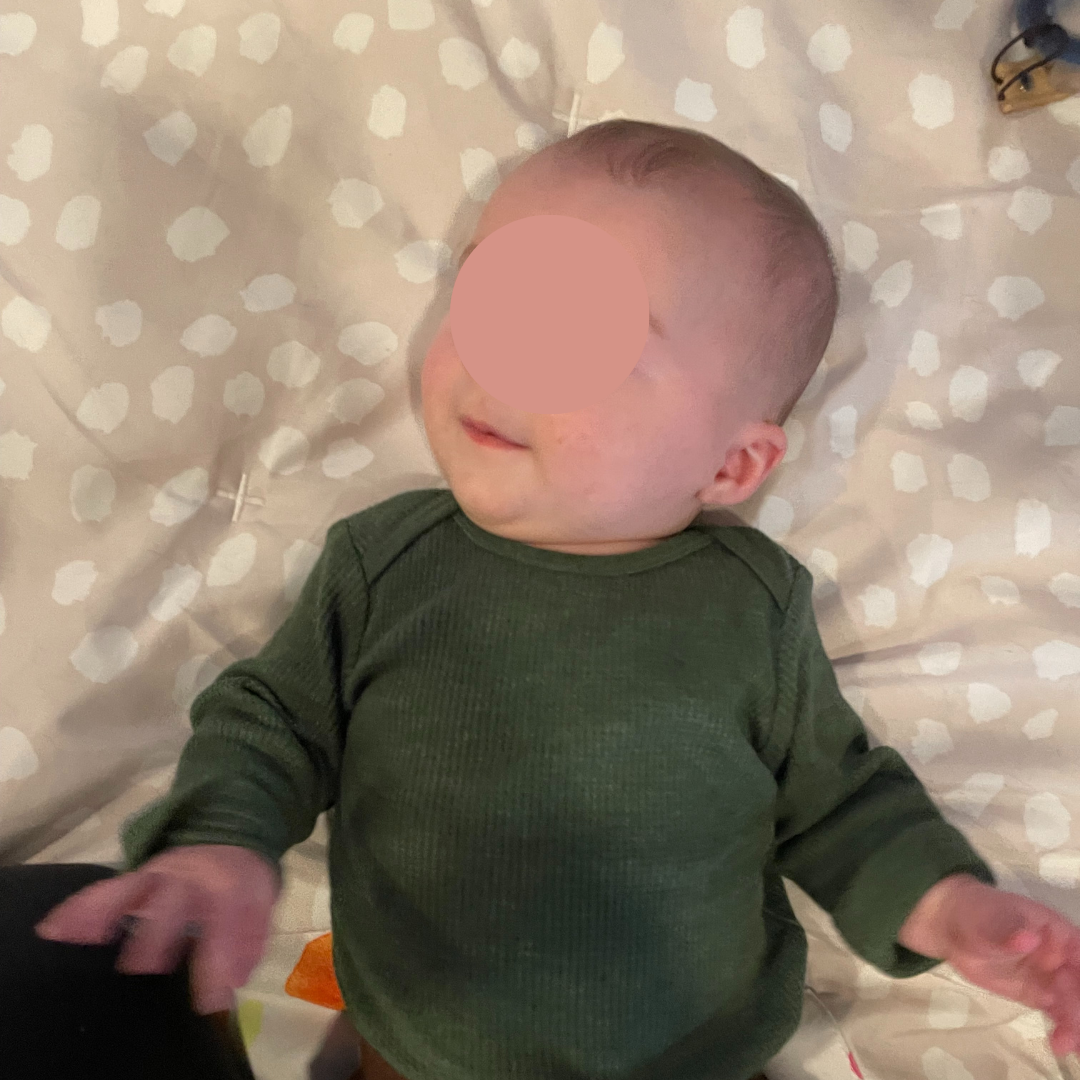Why Your Baby Always Turns Their Head One Way (+ What You Can Do About It)
Written by: Dr. Alli Chisholm, PT, DPT
Disclaimer: This post may contain affiliate links. If you purchase through my links, I may earn a small commission at no extra cost to you. I only recommend products I personally use and love with my own family and clients.
When I had my first daughter, I couldn’t stop watching her head.
She was born with a cone-shaped head after getting stuck on my pelvis for quite a while during labor—like so many babies are. By the next day, her head looked totally fine to everyone else. But once we were home, I saw everything—the way she turned it when she slept, how it rested in the car seat, whether she was spending too long in a container, whether that container was even “safe” (did you know those Boppy Newborn Loungers are now recalled? They weren’t then, but I still felt wrong using them!).
Even as a pediatric physical therapist, I felt the pull of self-doubt:
Is her head shape okay?
Is this position okay?
Am I doing something wrong?
Her head looks great now. But I’ve worked with so many families since then who’ve asked the same questions I did:
“Why does my baby seem to always turn their head to one side?”
“Is their head flat?”
“Am I missing something?”
And often, the answer is something called infant torticollis—a condition that’s incredibly common, easy to miss at first, and very treatable with the right kind of support.
What Is Infant Torticollis?
Torticollis occurs when the muscles on one side of the neck become tight or imbalanced. This makes it harder for babies to turn their head evenly in both directions.
Left unaddressed, it can lead to:
A consistent head tilt or turn
Trouble nursing or bottle feeding on one side
A flat spot on the back or side of the head (flat head syndrome)
Delayed or asymmetrical motor development
It can be caused by positioning in the womb, birth trauma, or how babies are held or placed during their early weeks of life. Sometimes it also shows up alongside oral ties, reflux, or full-body tension.
The 3 Types of Torticollis
Not all head preferences are the same. There are actually three different types of torticollis:
1. Congenital Muscular Torticollis
Usually present at birth, this involves tightness in the sternocleidomastoid muscle. You’ll often see a head tilt to one side and rotation to the opposite.
2. Postural Torticollis
Caused by environmental factors—like consistently resting or feeding on one side. Over time, this builds muscle imbalance and can lead to flattening.
3. Ocular Torticollis
Driven by visual differences or alignment issues. Babies may turn their head to help stabilize their vision, which can create a similar physical presentation to muscular torticollis.
Signs Torticollis Might Be Present
Baby always turns or rests their head to the same side
Flattening on one side of the head
Baby cries or resists turning the opposite direction
Feeding is easier on one side, whether bottle or breast feeding
Rolling, sitting, or crawling seems delayed or uneven
What You Can Do at Home
You don’t have to wait to get started. These gentle, daily movements can make a big impact:
1. Rolling Side to Side
Encourages neck and core activation, reduces body tension, and lays the groundwork for rolling.
2. Side Lying Play (on the non-preferred side)
Position your baby on their less-favored side to stretch the tighter muscles and encourage pressure relief on the flatter side of their head.
3. Visual Tracking Exercises
Gently move a toy or your face across your baby’s visual field during back-lying or tummy time to support balanced neck and eye movement.
💡 Want to see these in action? I walk you through these techniques step-by-step during virtual sessions, showing you exactly how to support your baby in real time.
When to Seek Support
If your baby’s head preference persists past 6–8 weeks—or if you're noticing flattening, feeding asymmetries, or milestone delays at any point—it's time to reach out.
Support doesn’t have to mean waiting months for a referral or dragging your baby across town between naps and feedings.
Virtual infant physical therapy and baby wellness coaching can meet you where you are—literally. Through secure video sessions, I guide you through exercises that fit naturally into your day, give real-time feedback, and help you feel confident that you’re doing the right things to support your baby’s development.
It’s not passive or pre-recorded. It’s coaching, connection, and clarity, delivered in a way that respects your time and your baby’s natural rhythm.
You’re Not Behind. You’re Paying Attention.
And that matters.
Noticing your baby’s head preference isn’t about being paranoid or doing something wrong—it’s about being present and in tune.
The truth is: babies are incredibly adaptive. And with the right kind of support—early, individualized, and grounded in whole-body movement—they can grow and thrive comfortably and confidently.
How I Can Support You
If you’re ready to feel more confident supporting your baby at home - no matter where you live - here’s how we can work together:
✔️ Book a free 15-minute inquiry call to explore virtual physical therapy or wellness coaching for your baby
✔️ Download the Milestone Guides for step-by-step strategies at home
✔️ Enroll in my 12-week virtual support program for babies with torticollis, feeding tension, or movement delays. Start with scheduling a virtual pediatric assessment here.
Final Thoughts
Babies are incredibly adaptive—but they do best with support that meets them where they are (and help that doesn’t ignore your goals and concerns as their parent or caregiver!).
With intentional strategies and the right guidance (virtual or in person), your baby can move, grow, and thrive comfortably—and you can feel confident every step of the way.

